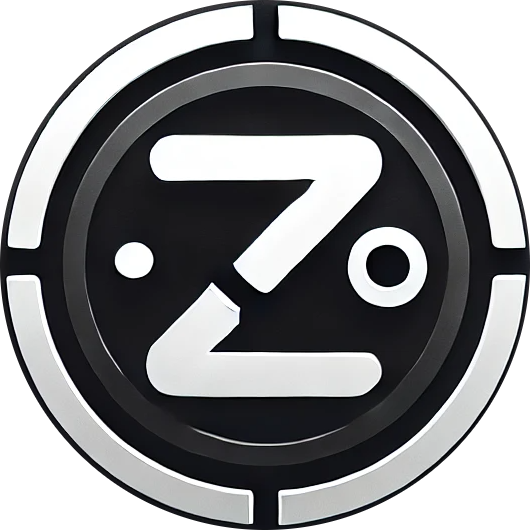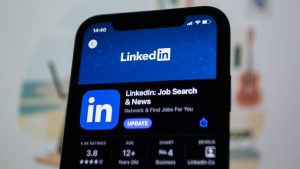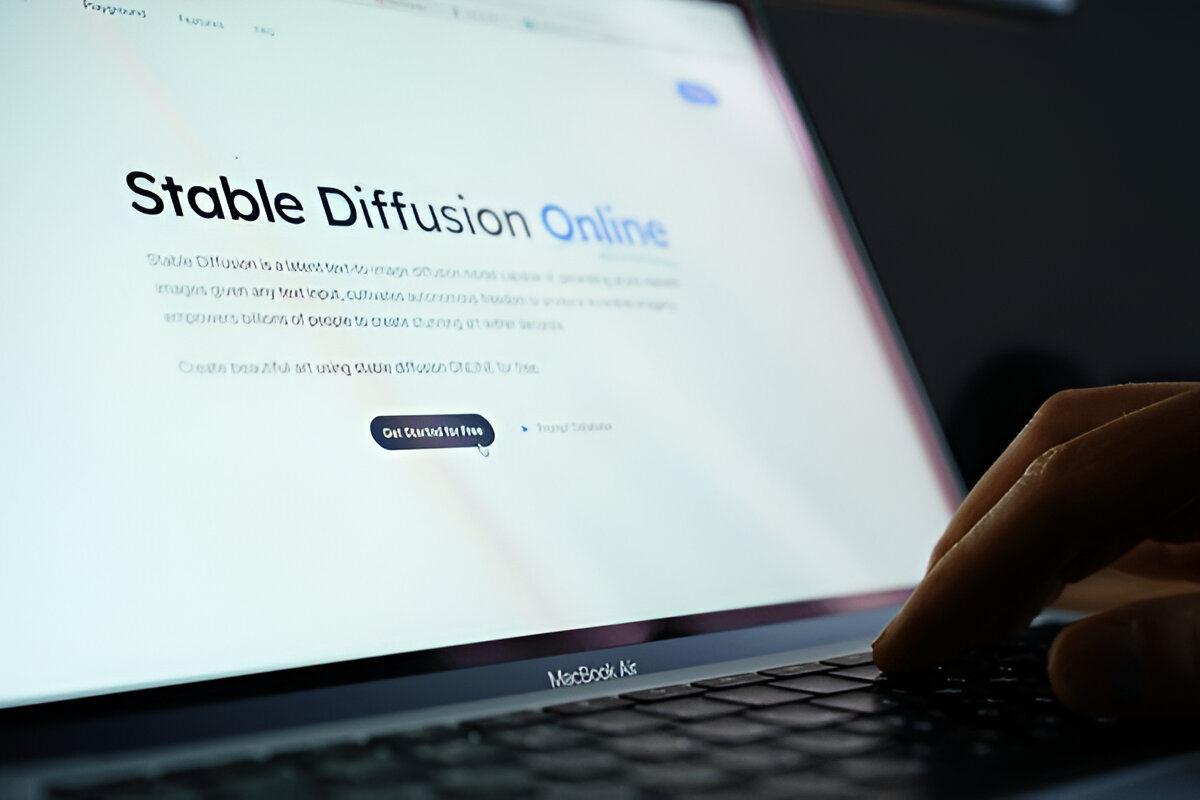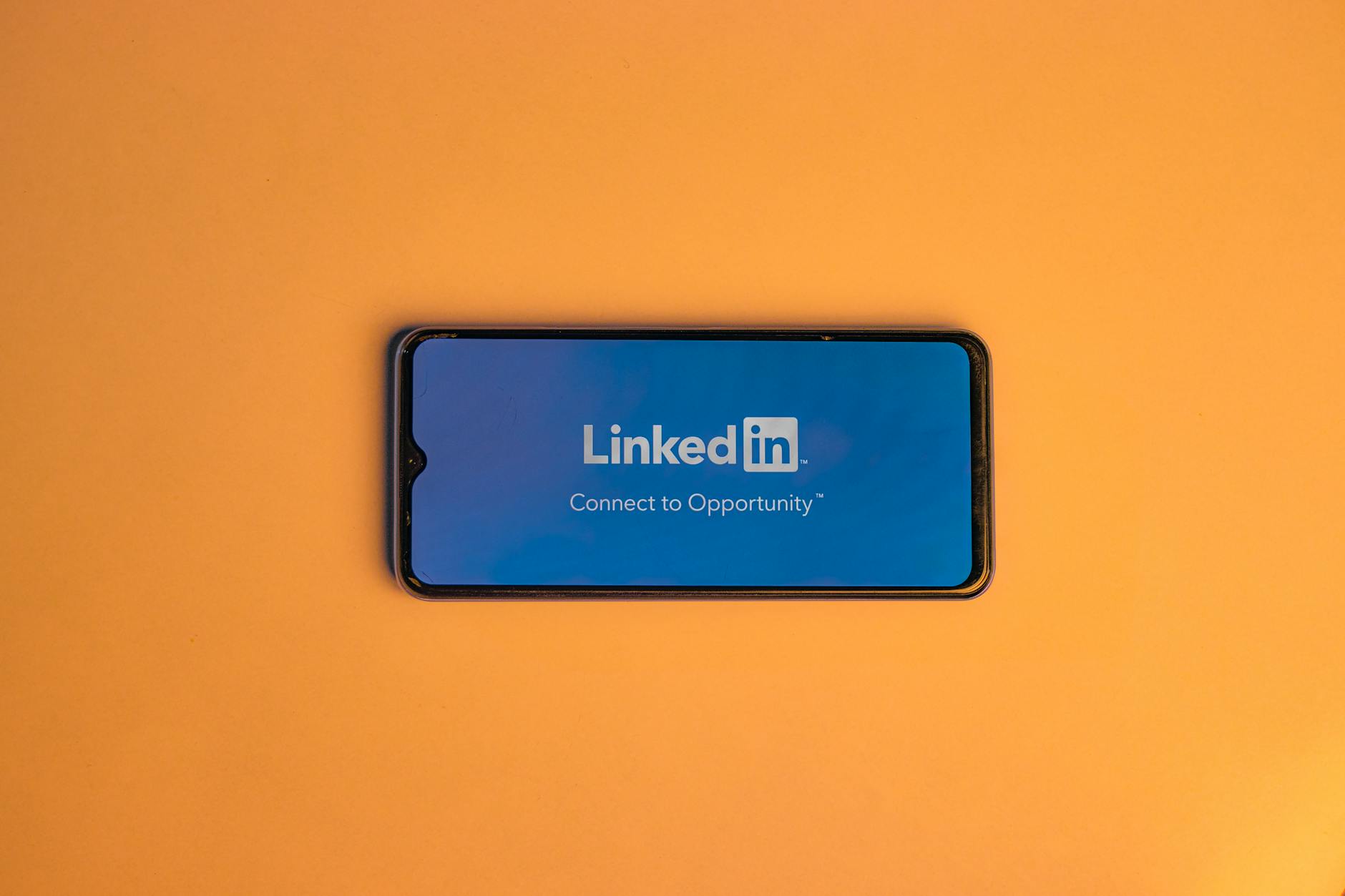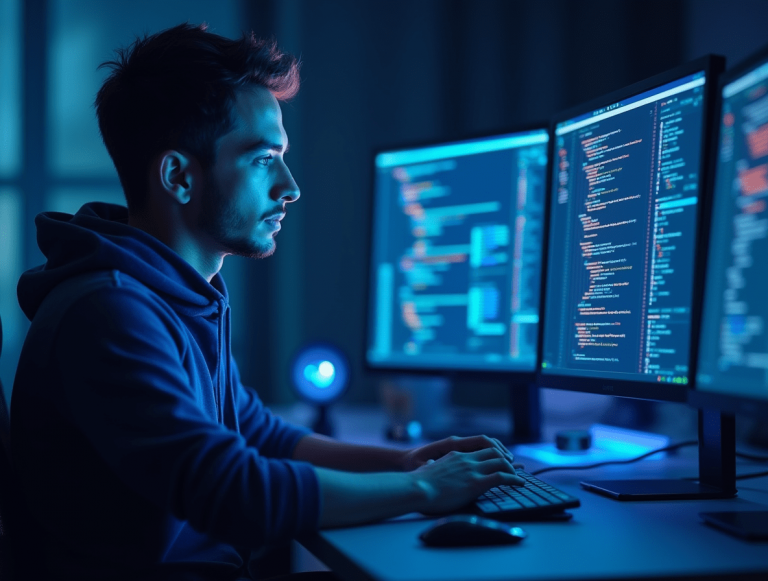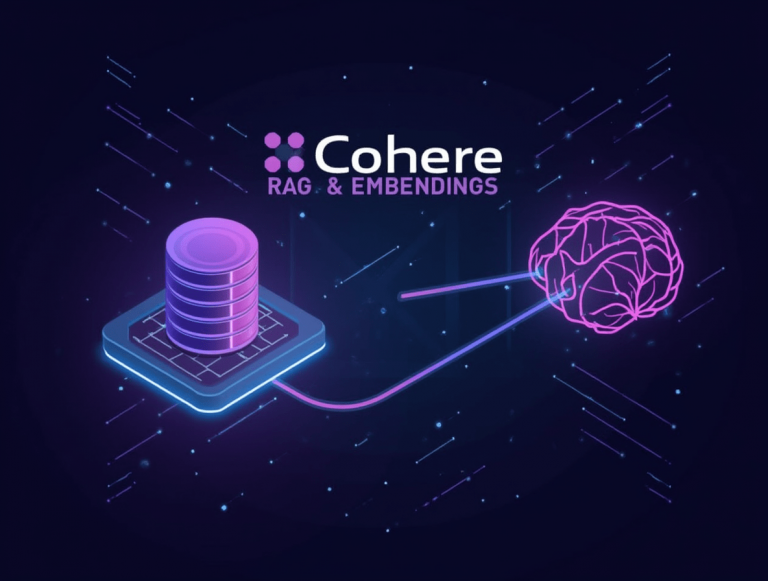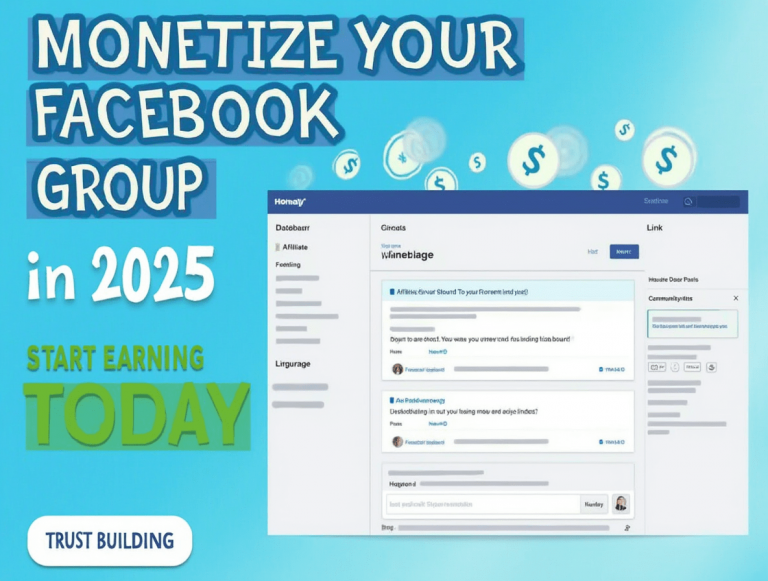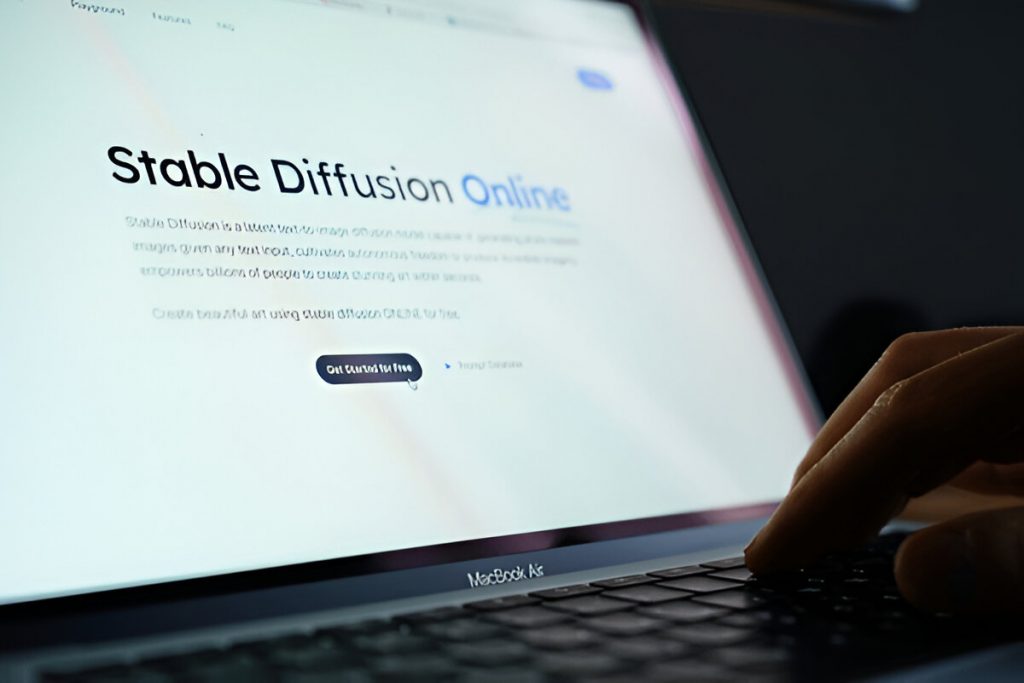
The rise of AI-generated art has brought numerous platforms to the forefront, but Stable Diffusion stands out as one of the most powerful and flexible options. Unlike proprietary AI image generators such as Midjourney or DALL·E, Stable Diffusion is open-source, giving users full control, unlimited customization, and a thriving community. But why does this open-source advantage matter? In this article, we explore how Stable Diffusion’s open accessibility is driving AI innovation, empowering creators, and shaping the future of AI-generated art.
1. What Does It Mean for Stable Diffusion to Be Open-Source?
1.1 Full User Control & Customization
Because Stable Diffusion is open-source, users can:
- Modify and fine-tune AI models to match their artistic needs.
- Run Stable Diffusion locally without relying on cloud services.
- Train AI on personal datasets to generate unique, custom art.
1.2 No Restrictions on AI-Generated Art
Unlike closed platforms that impose content limitations, Stable Diffusion allows:
- Freedom to create any visual style without platform restrictions.
- Full resolution control for generating ultra-HD images.
- Unlimited image generation without costly API fees.
2. Why Open-Source AI Matters for Artists & Developers
2.1 The Power of AI Model Customization
Artists and developers can create specialized AI models for unique styles and industries, such as:
- Hyper-realistic photography AI models for commercial use.
- Anime-style AI models optimized for digital illustrators.
- Medical imaging AI models for healthcare applications.
2.2 Community-Driven Innovation
Because Stable Diffusion is open-source, it has:
- A vast community of developers contributing improvements.
- Custom AI models shared on platforms like CivitAI.
- Rapid AI advancements through collaborative development.
2.3 No Vendor Lock-In
- Unlike Midjourney or DALL·E, users are not dependent on a single company.
- Users can self-host Stable Diffusion to prevent service disruptions.
- AI models can be modified or transferred to other platforms freely.
3. Expanding AI’s Potential with Open-Source Development
3.1 Custom AI Training with LoRA & DreamBooth
- LoRA models allow training AI to recognize specific styles.
- DreamBooth lets users teach AI to replicate faces, objects, or artistic aesthetics.
- Open-source tools enable fine-tuned AI models for unique workflows.
3.2 Integration with Other AI Tools & Extensions
Stable Diffusion supports third-party integrations, including:
- ControlNet – Allows precise pose control & depth mapping.
- Inpainting tools – Edit AI-generated images seamlessly.
- Stable Diffusion Web UI – A user-friendly GUI for easy AI art generation.
4. The Future of Open-Source AI
4.1 Ethical AI & Decentralization
- Open-source AI models promote transparency & ethical development.
- Users own and control their AI models instead of relying on centralized platforms.
- Decentralized AI ensures accessibility for all creators, not just large corporations.
4.2 AI Democratization & Accessibility
- Open-source AI fosters innovation by allowing global collaboration.
- Developers worldwide can improve AI models without corporate restrictions.
- Artists gain access to AI tools without needing expensive subscriptions.
Conclusion
Stable Diffusion’s open-source advantage empowers artists, developers, and AI enthusiasts with unlimited creative freedom, customization, and control. Unlike proprietary AI art platforms, Stable Diffusion fosters community-driven innovation, ethical AI development, and long-term accessibility. As AI-generated art continues to evolve, open-source AI will play a crucial role in shaping the future of creativity.
